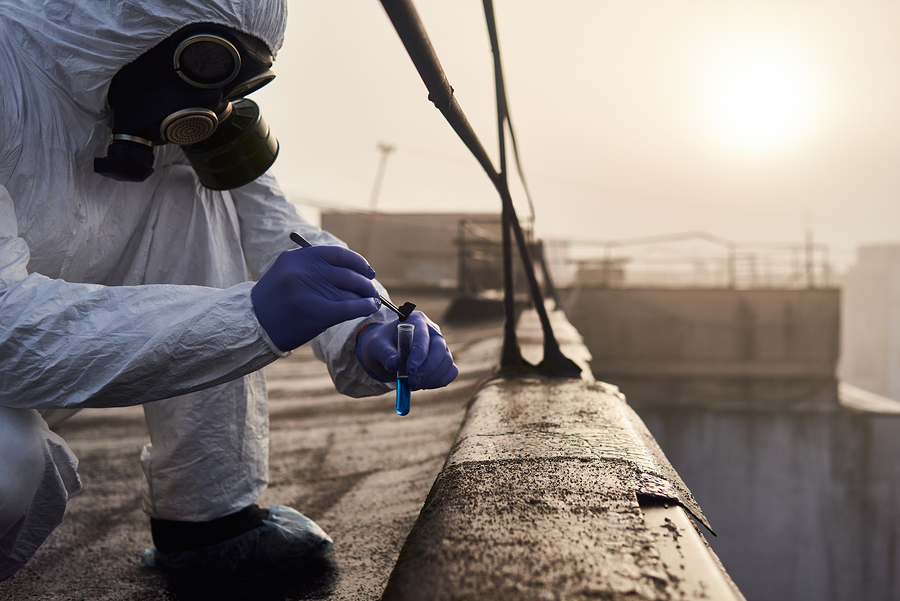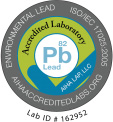
Forensic and material testing can help you identify any number of issues on your property. This type of testing is used to detect asbestos, mold, minerals and other materials that may be hazardous to the health of any individuals on your property. Forensic test results may be required for insurance policies as well as any inspections by legal parties.
What is Forensic Testing Used for on a Property?
A common use of forensic testing is to identify unknown materials on substances on the property. Forensics can identify minerals, synthetic fibers, and a number of other materials that can help determine air quality, contamination, or any environmental dangers. A forensic approach may help you determine the origin and quality of building materials, site conditions, and site history. Here are just some of the materials that forensic property testing can uncover:
- Man-Made Vitreous Fibers (MMVF)
- Asbestos
- Mold
- Biological material
- Synthetic fibers
- Hair
- Minerals
- Cellulose
- Other organic and inorganic materials
You are likely required to provide inspection reports on air and water quality, and a laboratory will need to provide you with the correct sampling materials based on what you’re testing.
When to Use Forensic Testing on Your Property
If you’re inspecting a property or looking to buy, you can contact a lab that will provide you with the proper forensic testing. You can use this to determine the age of a structure, its history, and any associated issues that may bring the property down in value.
Forensic tests can provide insight when you’re testing/regulating your HVAC unit. Air quality is vital for property owners and using forensic testing methods for HVAC, central air, or general air quality is an excellent idea, as the lab will be able to provide a thorough breakdown of contaminants and particles.
Carbon black and soot analysis is required for fire insurance safety standards and is vital to do after any type of fire on the property. Insurance companies will require this test to analyze the damage done to the property after a fire.
Chinese drywall testing is a good time to employ forensic tactics. Testing of imported materials is recommended to understand the manufacturer, make, and any associated particles that may pose a risk to the property.
Asbestos and mold are two common problems on many properties. Although there are a variety of methods you can use to test for the presence of these spores, forensic testing is often a favorite because it allows for quantitative and qualitative analysis. This gives you a full scope of the situation.
Call a Local Laboratory
If you’re unsure of which testing methods you require, call SanAir Technologies Laboratory at 888-895-1177 and talk to an expert who can provide you with details on different testing methods and advise you on your particular property and concerns. Our lab has been working with property owners and managers for over a decade, has an A+ rating from the BBB, and holds several accreditations and awards from multiple states.












